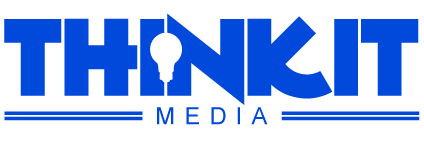On-page optimization plays a crucial role in improving a website’s visibility and ranking on search engines. It refers to the process of optimizing individual web pages to make them more search engine friendly, ultimately leading to higher organic traffic and better user experience. By implementing various on-page optimization techniques, website owners can increase their chances of ranking higher in search engine result pages (SERPs) and attract targeted visitors. This article will provide a comprehensive guide on how to effectively optimize your web pages for better search engine performance.
The first step in on-page optimization is conducting keyword research. Understanding the keywords and phrases that your target audience is using to search for relevant information is essential. By selecting appropriate keywords and incorporating them into your content, title tags, headings, and meta descriptions, you can optimize your web page to align with the search intent of your potential visitors. Remember to ensure that the keywords are naturally integrated and do not disrupt the flow or readability of the content. Search engines prioritize high-quality and user-friendly content, so keyword stuffing should be avoided.
Another vital aspect of on-page optimization is creating unique and descriptive title tags. Title tags appear as the clickable headline in search engine results and are vital for both users and search engines. It is advisable to keep your title tags within 50-60 characters to ensure they are fully displayed on SERPs. Incorporate your primary target keyword in the title tag to improve relevancy. Additionally, crafting compelling titles that entice users to click can significantly increase your organic click-through rate (CTR). Remember to create unique and relevant title tags for each web page to maximize their impact on search engine rankings.
Proper use of heading tags, such as H1, H2, and H3, is essential for both user experience and search engine optimization. Heading tags provide a hierarchical structure to your content, making it easier for readers to navigate and understand the information. Search engines also consider headings when analyzing the relevance and structure of a web page. The H1 tag should be used for the main headline of the page, emphasizing the primary topic or keyword. Subheadings can be marked with H2 tags, further enhancing the readability and indicating the subtopics. Utilizing heading tags appropriately not only improves the organization and readability of your content but also helps search engines understand the context and relevance of each section.
Images are an integral part of a website’s design and can significantly enhance its visual appeal. However, these images also need to be optimized for search engines. To do so, it is crucial to include descriptive alt text or alt tags for the images. Alt text acts as an alternative description of the image, allowing search engines to understand and index them appropriately. Including relevant keywords in the alt text can further improve the visibility of your images in image search results. Additionally, optimizing image file names to reflect the content or keyword can contribute to better search engine optimization. Remember to compress and reduce the file sizes of images to ensure faster loading times, as page speed is a crucial ranking factor.
While these are just a few key on-page optimization techniques, it is important to keep in mind that a well-optimized website should also have clear navigation, user-friendly URLs, internal linking, and relevant, engaging content. Regularly monitoring the performance of your website using analytics tools and adjusting your on-page optimization efforts accordingly is crucial to staying ahead of the competition and continuously improving your search engine rankings.

